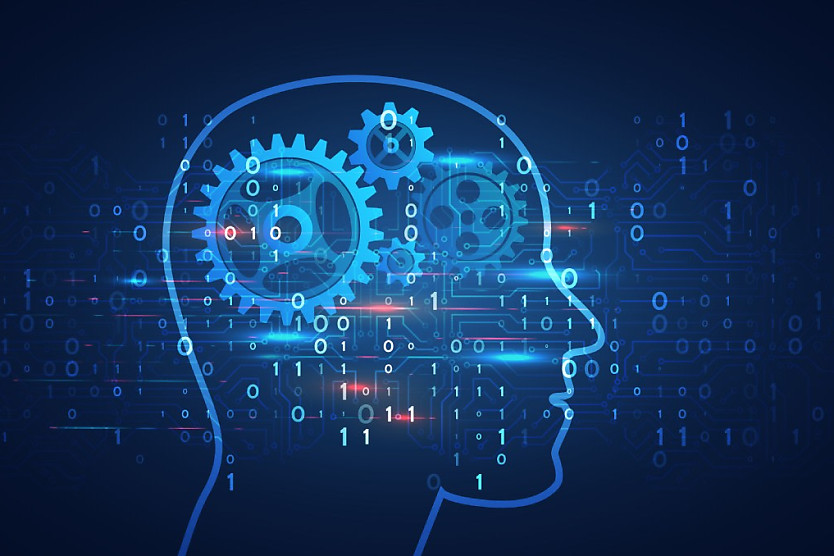‘Low digital literacy’ and cost are barriers to enhancing digital skills
SHARE THIS ARTICLE

As AI grows in the workplace and becomes a foundational pillar for the future of work, is everyone getting the same access to improve their digital skills so they are best prepared to use it?
The recent Digital Sisters AI for Good report: Understanding AI literacy and digital inclusion, has revealed the key barriers that are stunting digital and AI inclusion throughout Australia.
According to the report, workers are using generative AI to support their work. On an individual level, 84 per cent of Australian workers now use generative AI in the workplace, a figure above the global average.
As AI grows in the workplace, the importance of understanding how it works has become a crucial skill set for workers, who have to constantly adapt to an ever-changing working environment. A lack of digital skills can be a major hindrance for workers in the coming years.
The report showed barriers such as low digital ability, affordability, access to technology, and regional disparities as key reasons for people having a lack of digital skills, especially pertaining to AI.
Multiple consultation groups were interviewed to express their concerns about some of the barriers that are limiting people’s capacity to improve their digital skills.
The number one barrier identified was “low digital literacy”, with the majority of respondents also stating that to be able to use AI in the first place, individuals need to have basic digital skills.
Additionally, the fast-paced advancement of AI and technology was also noted as the third-highest barrier to using AI. It’s a double-edged sword, especially in the working space. On the one hand, it’s exciting to see technology constantly advancing, yet workers need to be able to keep up with the constant advancements, which can be challenging.
The report stated that updates to tools and changes to technology mean that the education they impart to their workers can quickly become outdated, making it particularly difficult for people with low digital literacy to keep up.
“People need to have digital skills to be able to use the systems in the first place,” said one consultant.
Affordability and cost were cited in the report as the second-highest identified barrier, as it can often prevent low-income individuals and households from being able to access paid AI tools. This can stunt their career progression as they are unfamiliar with the tools that are becoming an integral part of the workforce.
This lack of access was mirrored by individuals from regional and remote communities, who often don’t have devices or access to working internet. These barriers, either financial or locational, can be a detriment to individuals looking to enter the workforce due to their unfamiliarity with such an advanced technology.
Ensuring that technological outreach can go beyond these barriers is imperative, as it directly ties in with business outcomes and the workforce. If individuals aren’t gaining the proper access to improve their digital skills and, therefore, being left behind, then the Australian workforce is missing out on a vast talent pool.
Kace O'Neill
Kace O'Neill is a Graduate Journalist for HR Leader. Kace studied Media Communications and Maori studies at the University of Otago, he has a passion for sports and storytelling.

